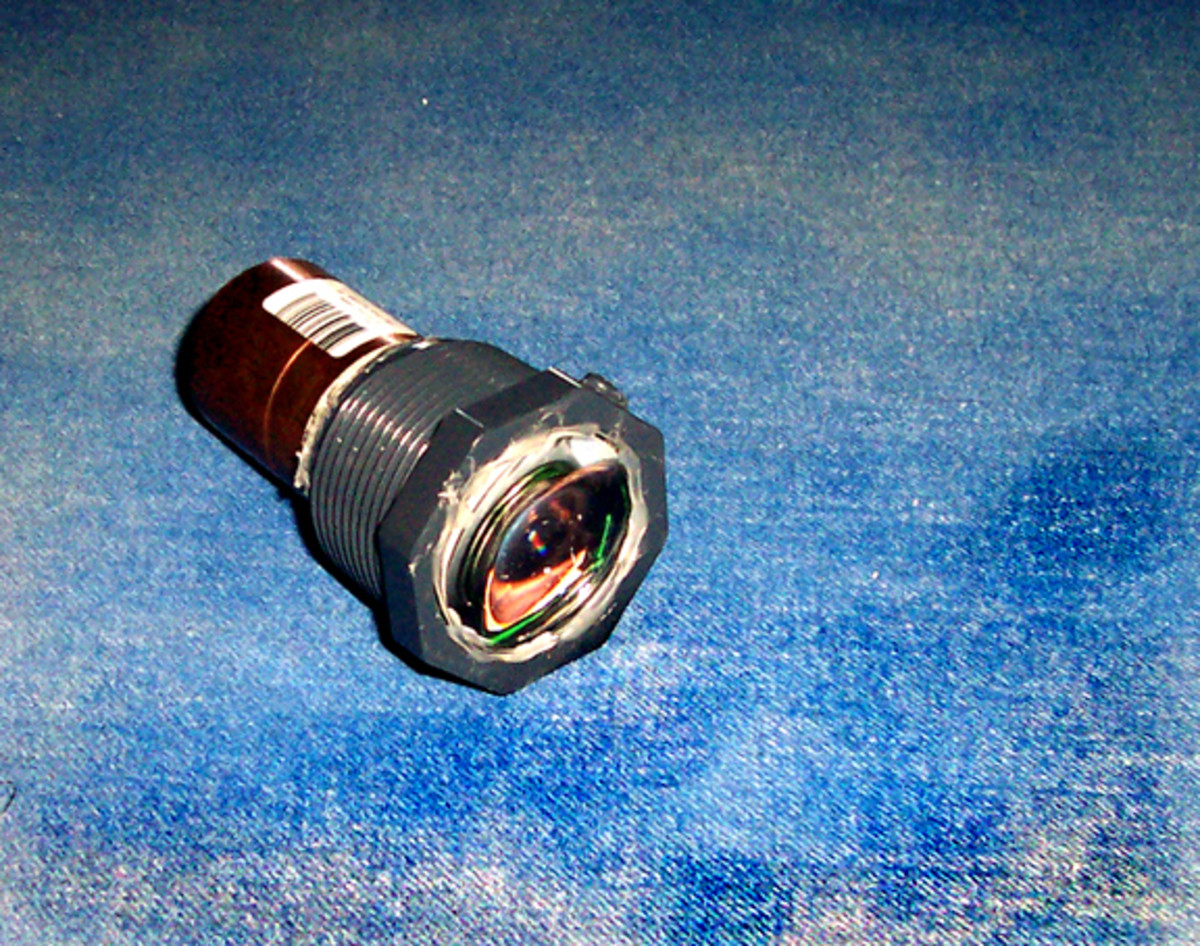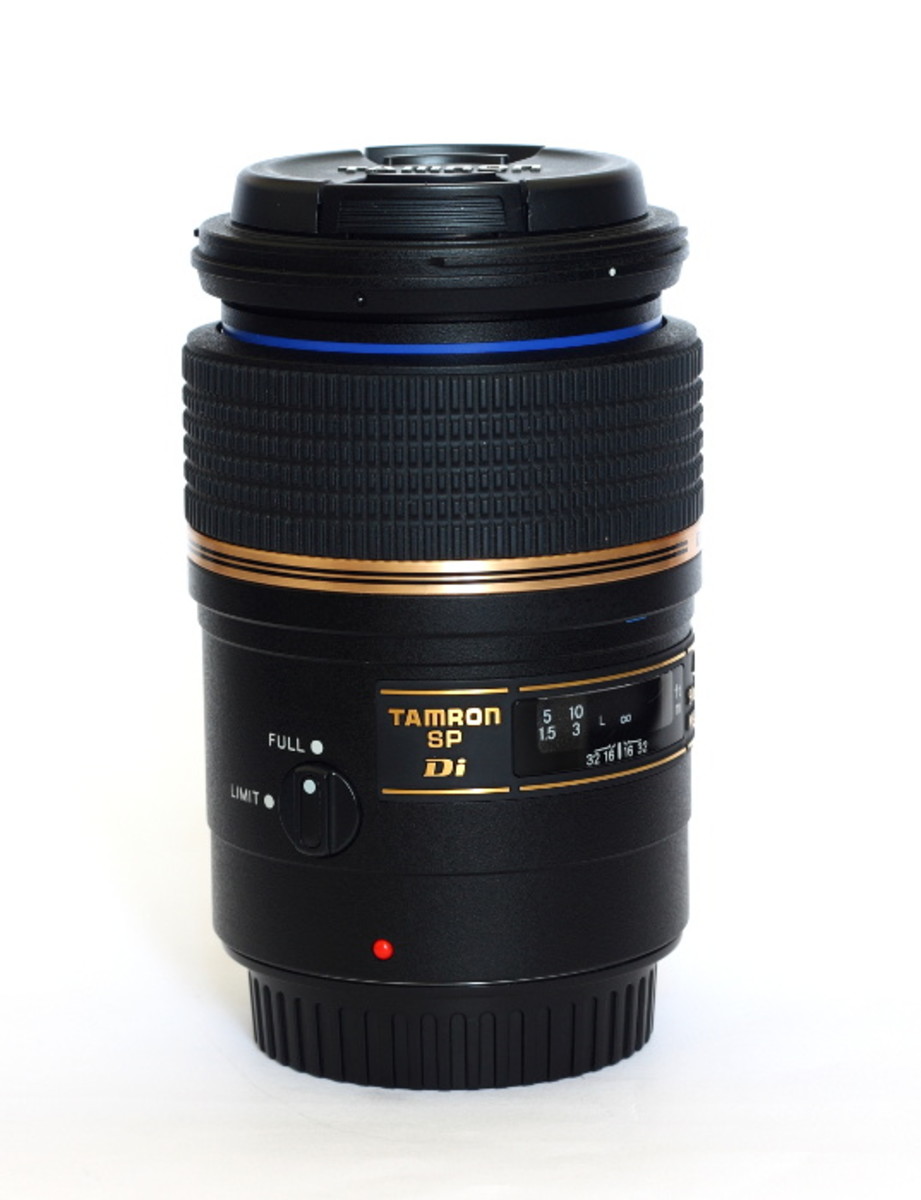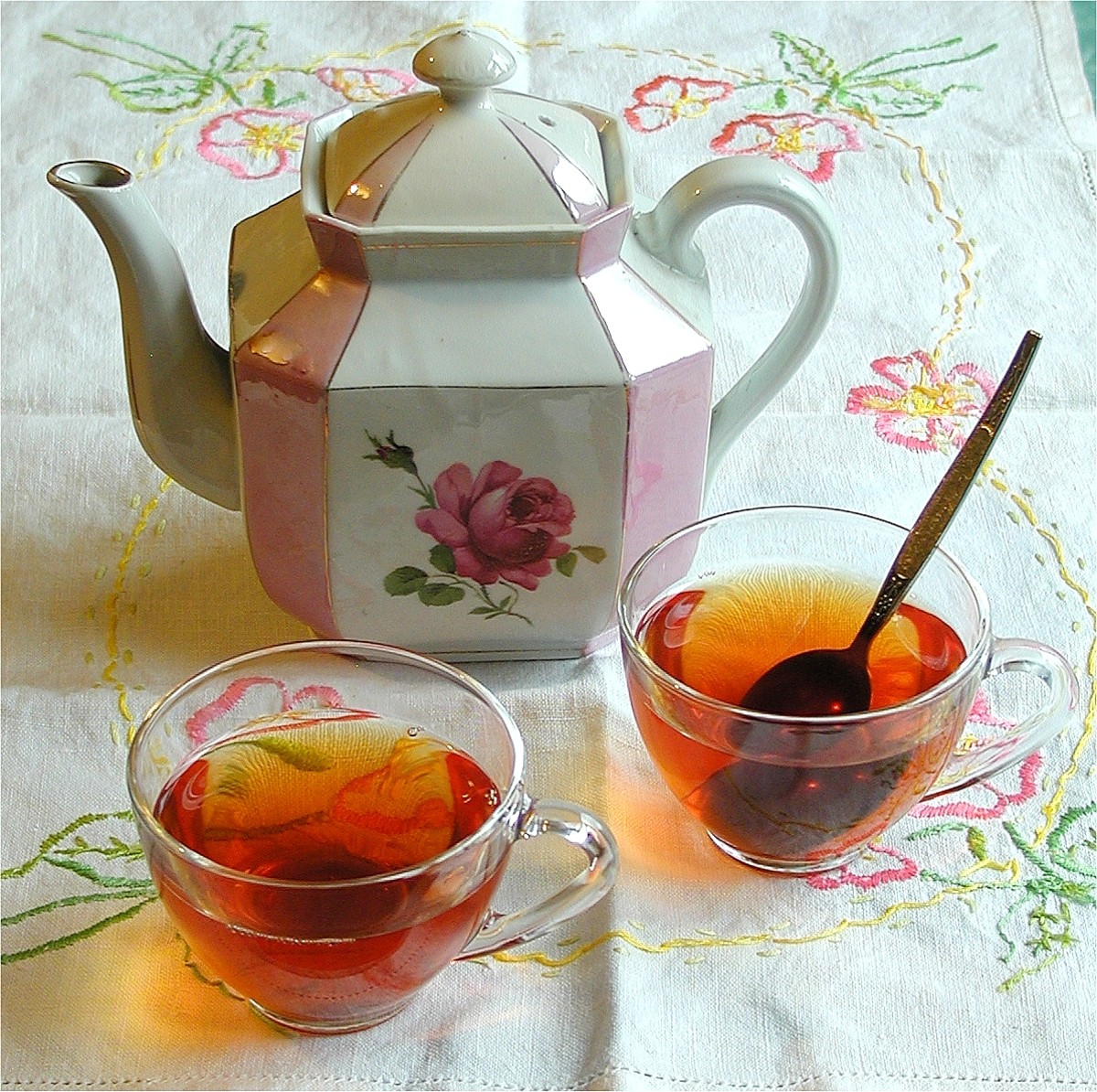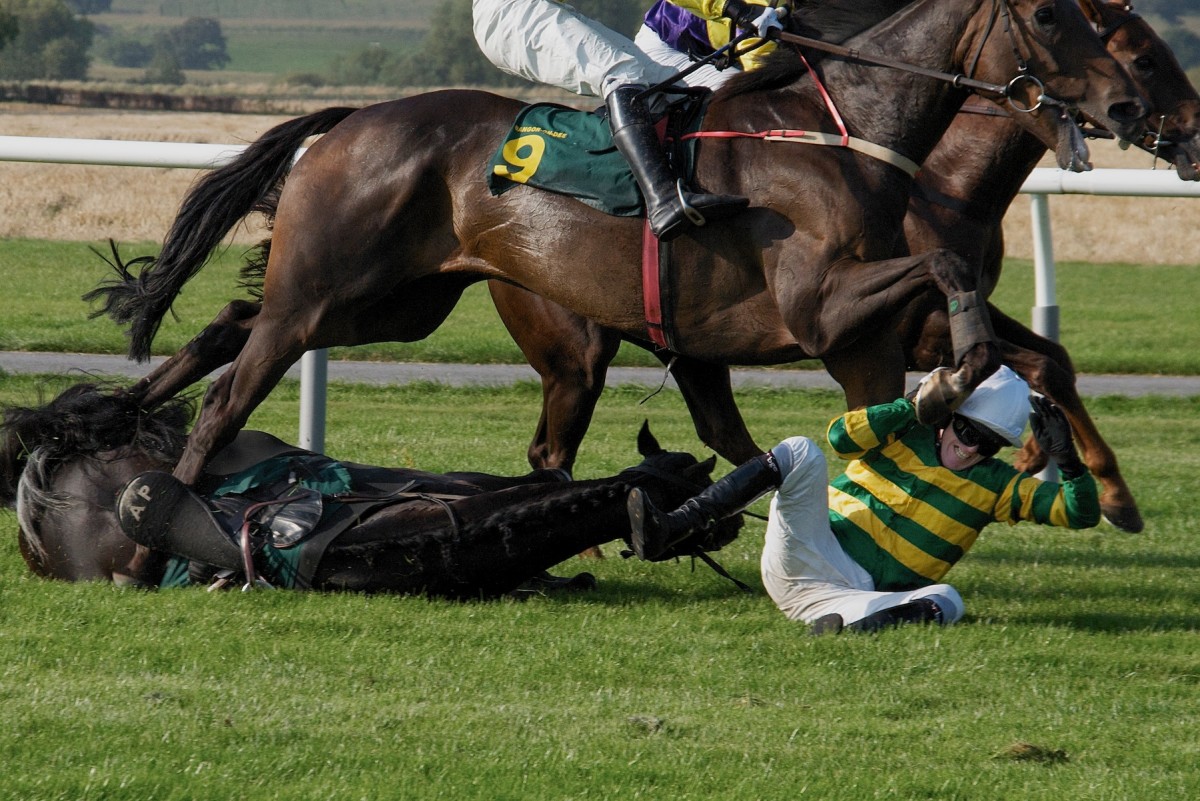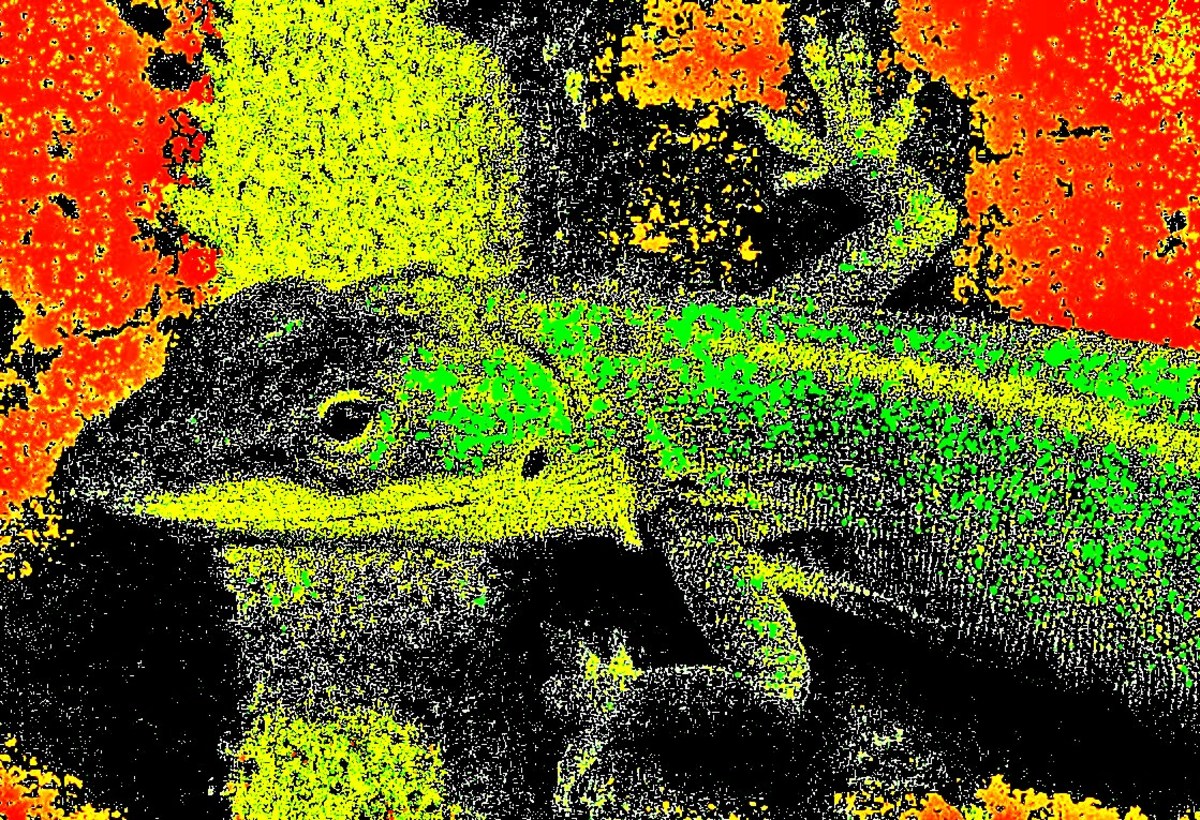Advanced Photography, Part 1
Choosing Equipment
In this first part of the Advanced Photography section, we will discuss equipment selection. The reason this was not discussed in "Basic Photography", is most beginners do not really care what they use, and it does not really matter. When you first start, I suggest don't worry too much about the equipment. Just get a basic camera and leave the settings on Auto. With more advanced photography, the equipment makes a big difference. Here, I will show you how to select your camera, lens, and lights.
Camera body: Contrary to what a lot believe, this is the least important piece of equipment. When shopping for a body, it is best to look for the features and brand you like. Anything else really does not matter. Camera sensors are pretty well all the same, except for the number of pixels on the pickup. However, these days most cameras are around 10 MP, which is enough for most photography use. Unless you plan on enlarging photos to super-large poster-size this is all you need. 10 MP is enough for a standard poster-size (movie poster).
I do suggest an SLR, for obvious reasons, you can change the lenses. Although most come with a basic lens, you may need to change it for a specific need. Lenses are being discussed next.
Lenses: This is the most important part of your photography gear. The lens will directly affect the quality of your photos. They are also very expensive. A good lens will cost more than the body. There are lenses that cost thousands! This part will look at the different types of lenses.
Lenses are rated in two different ways. By f-stop and by focal size, measured in millimeters. The f-stop rating indicates how large the lens can open. The lower the f-stop value, the wider the lens can open to allow in more light. This is good for news and sports photography, where you do not have control of the lighting conditions. The other value is how close the lens can get to your subject. The longer the focal size of the lens, the closer you can zoom.The standard lens is usually around 50 mm at f/3.5, but this does not have enough focal size for sports or wildlife photography, where you usually can not get close enough for a decent shot.
Here is a common lens rating: 70 - 300 mm, f/3.5. This means that this lens will zoom a lot more than the standard lens, and that the maximum f-stop is 3.5, which is not bad. Although, you can get longer lenses and lenses with lower f-stop values, you are looking at digging deep into the wallet. Even the lens mentioned here will run you a minimum of about $700.
I have seen lenses up to 800 mm. These are so long, they need an additional support (monopod) to keep them from breaking off the body.
The opposite is a wide-angle lens. These are typically less than 50 mm. I really don't see a useful purpose for these when it comes to communications or commercial use. However, these may be useful for creative photos. Keeping in mind, these lenses generally distort the edges of the photo, which in some cases is good for a creative photograph.
Serious photographers will carry multiple lenses. I highly suggest slowly building your lens collection. You will find that the standard lens will not be suitable for all of your needs as you begin to take this art more seriously.
Lights are required for good quality photos, wherever it is possible to use them. I discussed lighting a bit in previous sections, but I would like to look at actual lighting gear.
There are all different types of lights, all of different color temperatures, and for different purposes.
The most common light is incandescent, or tugsten, as it is more commonly known amongst photographers. These are the least expensive, but have disadvantages. Usually they are very bulky, and are not very portable. I find that even "portable" tugsten kits are awkward to work with. Another issue with this type of light is safety. As they are heavy and can cause a lot of damage if they fall on someone. Also, they get very hot, which poses a fire and burn hazzard.
Fluorescents are becoming more commonplace in photography and video/TV production. If you have ever been in a modern TV studio, the studio lights are now fluorescent. There are also portable fluorescent kits, but as with tugsten, these are awkward to work with. The advantage is they create very little heat. They are, however, still very heavy.
There are also HMI lights. I will touch on these very briefly, because they are uncommon in the amateur and semi-professional markets. These lights are very large, and each lamp head also has an external power supply. They are used mostly in the professional film industry. You will rarely see one in a photography store, but you can rent them. Don't bother renting an HMI. I have really not found any purpose for one.
The new type of light that is getting very popular with photographers and video producers are LED panels. These are small panels that contain a series of very bright LEDs. The big advantage of these is the size. Also, they produce absolutely no heat. They also use very little electricity. Most LED panels are battery-operated, or AC adapter. They even have panels that can mount on your camera's hot shoe, like a flash unit. However, with every advantage there is a disadvantage. LED panels are very expensive. Even the small shoe-mounted panels are about $150. The large stand-mounted panels run about $400. However, if you shop around, you may find one for less.
That is all for Part One of Advanced Photography. Later, we will cover how to use all your fancy new photography gear!



